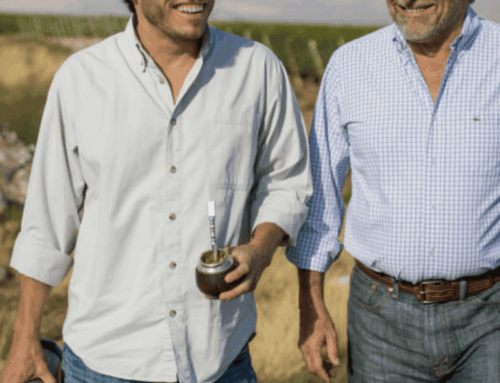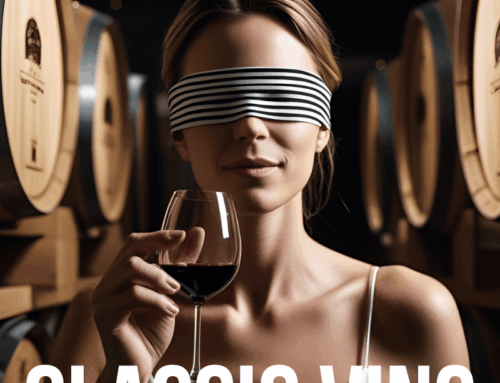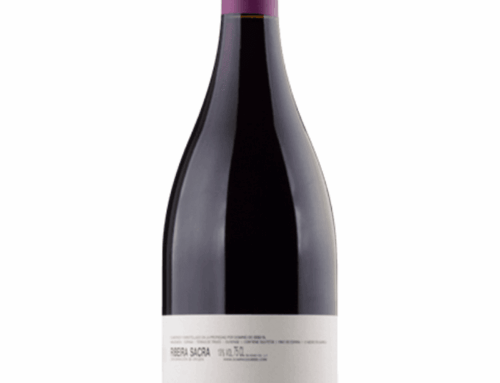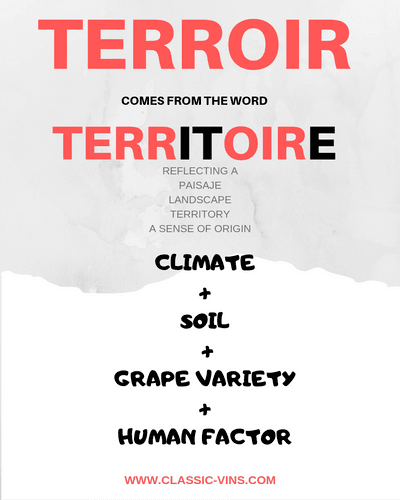
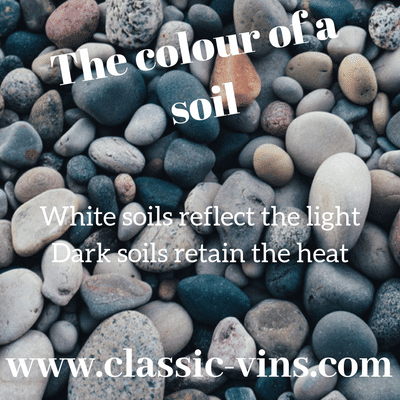
What a Word! Overused and misused. Why? Simply, it sells! But not solely, TERROIR, also, interests and fascinates many of us because it the inexplicable part (the magic one) of the wine that shape its beauty!
Wine is such a different “drink”, so much, that it actually displeases me to call it “Drink”, such as a beer, soft drink or spirits. Do you see wine as a commodity? Not me, one of the great thing about wine is the “sense of place”.
No other beverage on earth is like wine from a region/place and its culture, with its own climate and soil, grape varieties (more than 1400 grape varieties are commercially used). And all those elements are blended together to express a specific vintage.
A great wine or a fine wine is like the liquid memory of a vineyard.
The wine connoisseur will enjoy and appreciate all type of tasting for this reason, Geo-tasting, vertical or Horizontal tastings allow us to arbitrate and judge by comparing, not just with eye but also with the smell and taste. Sommeliers, wine critics, wine-makers will improve their understanding through them.
Is there Terroir in any other product?
Of course! Anyway I like to think so. But it is always attached to a precise zone or region. As an example, oysters are influenced by the quality of the water but also its temperature. The origin of the coffee also have its importance as it has with Chocolate, Tobacco (Cuba), Fruits, Vegetables and mushrooms (black and white truffle).
The variety (or the plant) has a direct impact on the finished product, but it needs the right condition to reach perfectness!
There must be a harmonious relation between the 4 elements: Plant, climate, soil and human factor
So, what is TERROIR?
As once clearly explained by the great Jean-Claude Berrouet terroir is the contraction of the word Territoire (or Territory).
Terroir is the combination of 4 elements:
Climate + Soil + Grapes + Human Factor
It may look simple, at first sight, unfortunately the game of combination is almost limitless.
All those elements will have an influence on the finished wines, it is reckoned that the Romans used to favor chalky soils for planting vines. Whatever, it is generally accepted that, anciently, vineyards were planted in poor soils (Vines need to suffer in order to yield the best wine). As a matter of fact, better soils were reserved for cereals, it makes sense. The nature of the soil is important, as its capacity to retain, or not, water will influence the wine. Chalk, clay, slate, sand, Gneiss, loess, schist, gravels and so on, could be qualified as warm or cool soils, depending on their ability to drain or not. As an example clay is obviously cooler than gravels.
The type of climate will have a direct influence, as well. If Cabernet Sauvignon is not planted in Burgundy it is just because the climate is not suitable for it! Although global warming is challenging us, it is, still, not the case.
Temperature, rain and sunshine help to classify climate. But other factors will affect a local climate (meso or micro-climate). Rivers or Stream will reflect the sun light as it happens in Rheinghau, or bring enough humidity in autumn in order to affect the ripeness of the grape with botrytis (Tokaji, Sauternes, Côteaux du Layon). Altitude will delay the maturity, and to some extreme concentrate the UV in such great concentration that the skin of the red grape will ripen before the pulp (Valle de Uco, Argentina). Often oceans will cool the area, thanks to their currents such as the Humbolt Current in Chile or California, or the Benguela current in South Africa.
Undeniably, the grape variety will convey its own identity to the wine. Some are more aromatic to others such as the Riesling or Gewürztraminer, but also Cabernet Sauvignon has a strong personality. Others, for instance, are more discreet like Chenin Blanc, Godello or Furmint. And finally Chardonnay, or others varieties such as Aligote, Merseguera or viura have other quality but tend to be neutral. Of course, not all wines are produced with a single variety, but you get the point, don’t you?
The last point is the Human factor, the one that decides what to plant, where to plant, how to plant… but also when to harvest, How to ferment?… So many questions and doubts… Wine making techniques are now almost immeasurable, from temperature control, yeast inoculation, new or old barrel (chestnut, oak, acacia…)
Nonetheless, it is the human being that will decide the degree of intervention, it he wants to yield a wine that expresses its landscape or if he desires to suit the palate of a determined client. If its wine is close to its “Terroir” or not. Some traditional wines, that are highly manipulated by the wine-grower still offer terroir, straightaway Champagne comes to mind! Though, we also have Port, Sherry, Tokaji Azsu… And it is clear that tradition or the “know how” is, equally, part of the Terroir, or the character of those peculiar wines.
Great wines or fine wines are always unique, although sharing characters with neighboring vineyards. Their singularity is the key to their identity.


